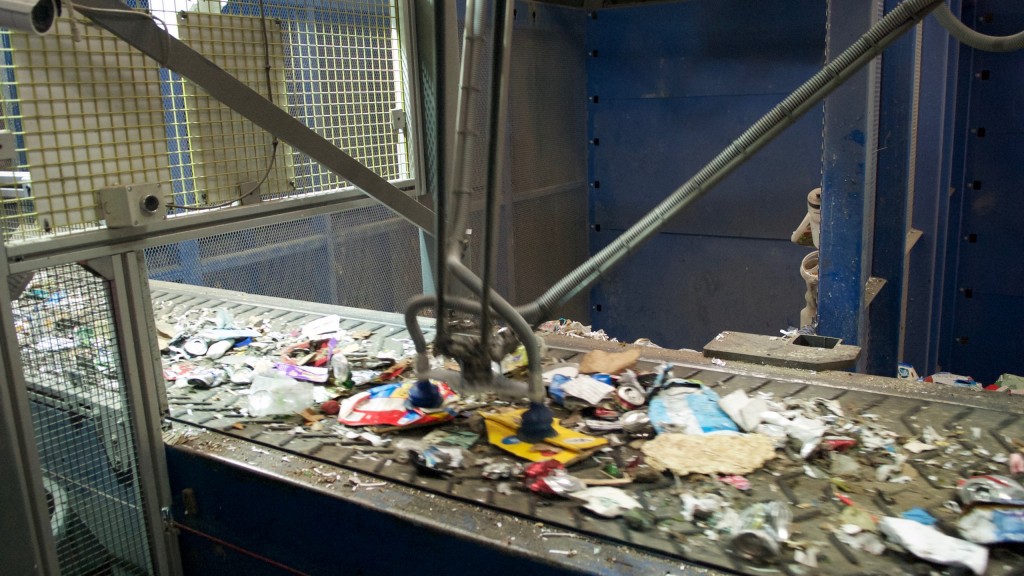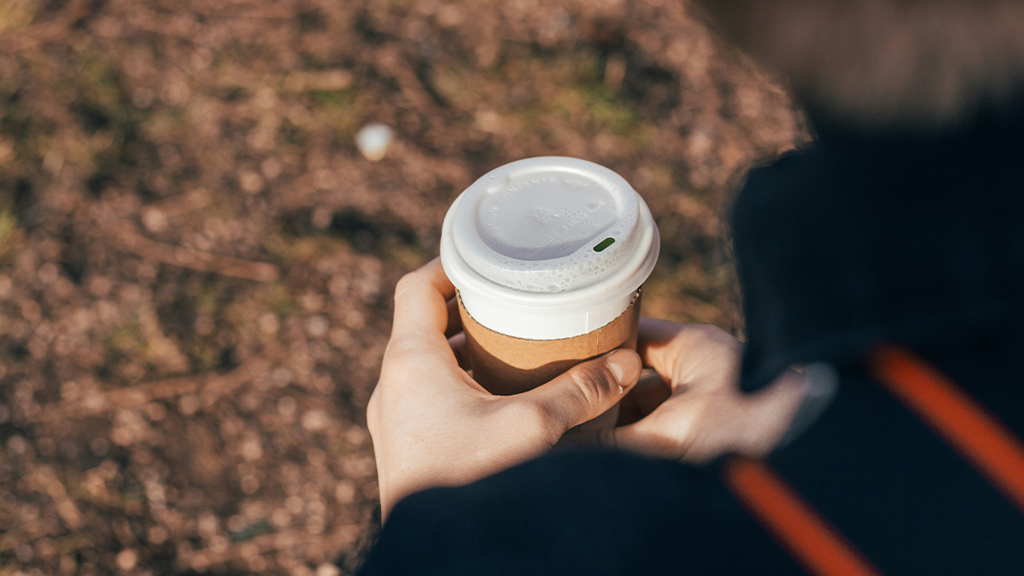Setting sights on 70 percent carton recovery in Canada by 2025
An update from the Carton Council of Canada

Since its inception in 2010, the Carton Council of Canada (CCC) has worked to deliver long-term solutions to help increase carton recovery and recycling in Canada.
Cartons are recognized as an environmentally sound packaging choice for food and beverage products such as milk, juice, soy beverage and soup. Their primary component is paperboard, derived from renewable resources, in a format that is lightweight and transport-efficient, with an excellent product-to-package ratio. Since 2010, we've gone from a 41 percent national recovery rate for cartons to 60 percent in 2018.
And while carton packaging has among the lowest environmental impact within the packaging industry, CCC members (including carton manufacturers Elopak, Evergreen Packaging, Tetra Pak and SIG Combibloc) continue to minimize the number of food and beverage cartons that end up at disposal sites. As a result, in 2019, CCC members have set an ambitious goal to see the carton recovery rate grow to 70 percent by 2025.
Achieving this ambition will require all members of the recycling value chain, including sorting facilities, municipalities, waste management companies and other stakeholders, to work together toward a collaborative and increasingly innovative future. In particular, three areas of focus can have a significant impact on the rate of food and beverage carton recovery across the country: working and supporting material recovery facilities (MRFs), continuing to develop end-markets for used cartons, and continuing the ongoing education of Canadian consumers.
Optimizing sorting at the MRF
One of CCC's main objectives is to help optimize the carton sorting efforts of Canada's MRFs. The Carton Council of Canada advocates for positive sorting of cartons because these post-consumer cartons retain their highest value when sorted and baled into Grade #52. On the environmental side, this practice allows for the recovery of the polyethylene and polyethylene/aluminum residuals (PolyAl).
Likewise, it is very important that MRFs demonstrate a commitment to creative thinking and the resourceful use of technology that lead to increasingly productive recovery solutions. Many have already done so.
The Sani-Eco MRF in Granby, Q.C. for example, is the first in the country to install a robot on its line, significantly improving the efficiency of its operations. Other examples include the Tricentris MRF in Gatineau, Q.C., which reimagined their limited sorting space, refining their processes and doubling their carton volume production, as well as the MRF in Port-Cartier, Q.C., which despite its small size and remote location, has found a way to make positive sorting of cartons work.
It's this kind of innovation that will help increase the effectiveness and efficiency of the carton recovery process.
End markets
Stable and thriving end markets for post-consumer cartons are critical to the success of national recycling and recovery efforts. Traditionally, there have been a limited number of end market options for cartons. Today, however, advancements in sorting technology, the ability to process cartons into different types of paper or tissue as well as green building products, and an increasing number of purchasing agents, support evolving carton markets around the world.
And while global markets have faced recent challenges brought on by the closure of the Chinese market, the value of polycoat (grade PSI-52) remains significantly higher than that of residential mixed paper, and almost at par with newspaper (ONP #8).
CCC continues to work with municipalities and MRFs to identify purchasers of post-consumer cartons and help ensure pricing and services are competitive and suited to their needs.
Consumers
We know that Canadians genuinely care about the environment and the steps they can take to reduce their environmental footprint. We also know that engaging Canadians in an ongoing dialogue about the importance and potential impact of carton recycling helps increase the effectiveness of recycling messages. It also encourages positive changes in public attitudes and behaviours related to waste and recycling. As a result, CCC regularly finances and produces carton-recycling awareness campaigns. We also partner with existing initiatives to provide educational programs and recycling infrastructure to schools.
As an example, projects like The Great Carton Search, a Carton Council of Canada-sponsored SARCAN initiative, encouraged schools in Saskatchewan to share stories about the success of their beverage container recycling program, with a focus on cartons. The contest and the responses from participating schools reinforced the fact that through education, a little bit of creativity and a great deal of commitment, we can certainly help increase the rate of carton recycling in our communities.
CCC's national recovery target of 70 percent recovery by 2025 is certainly an aspirational goal - but one worth continuing to strive for. Working closely with stakeholders across the country, raising awareness and implementing new thinking and processes, we can all help drive this improvement.
Achieving 70 percent recovery begins with each of us demonstrating a daily commitment to being a positive and productive contributor to the process, and encouraging others, through our example, to do the same. RPN
Isabelle Faucher is the managing director of the Carton Council of Canada.
This article was originally published in the September 2019 edition of Recycling Product News, Volume 27, Number 6.



